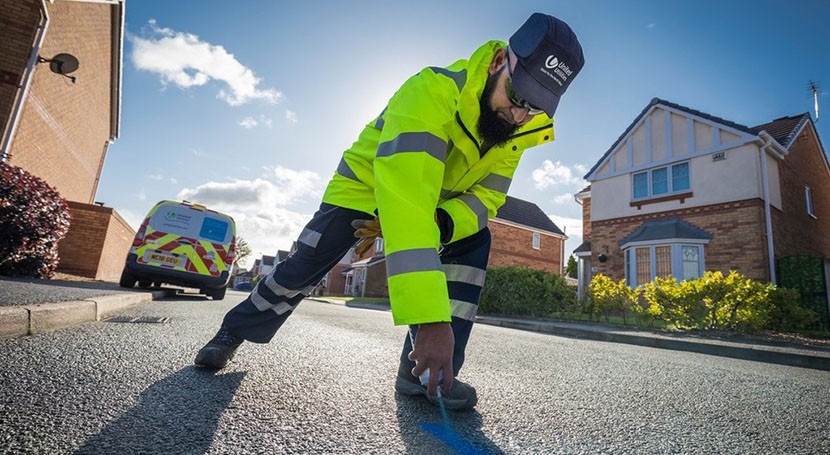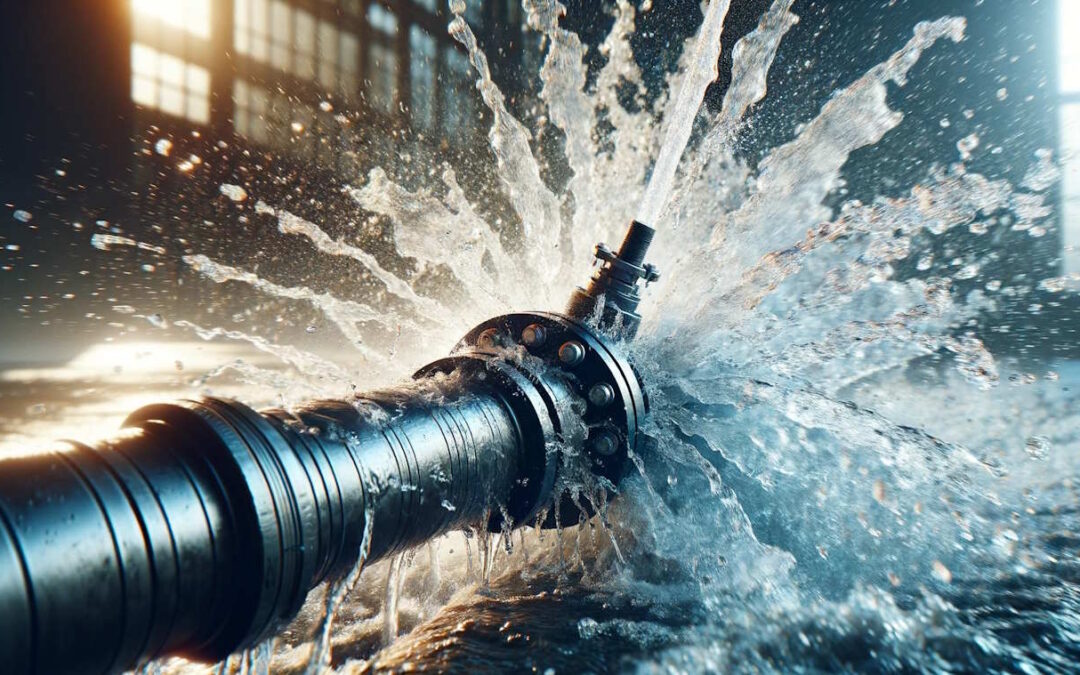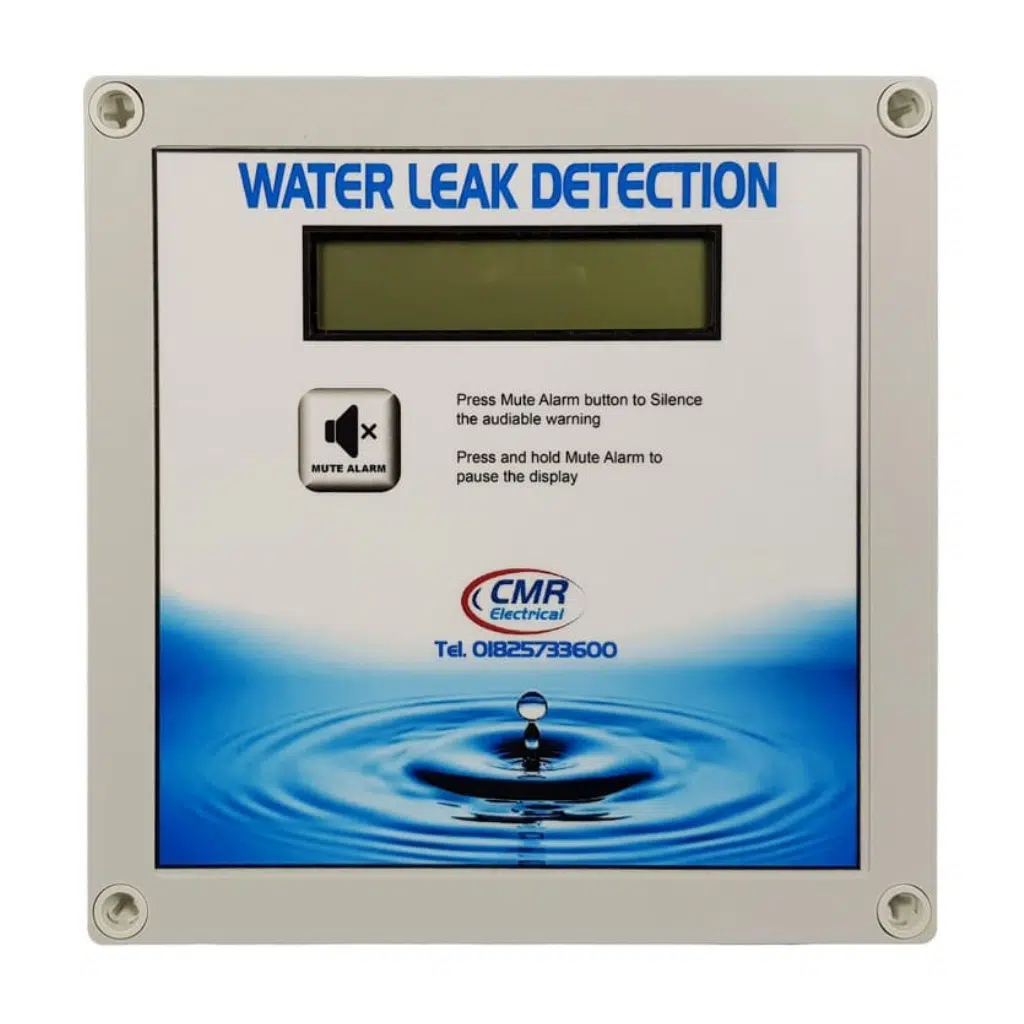Cutting-edge Solutions for Early Discovery of Water Leaks in Structures and Facilities
From innovative leakage detection innovations to the deployment of IoT sensing units for real-time surveillance, the landscape of leak avoidance is evolving quickly. Automated water circulation analysis systems are reshaping how leaks are identified and attended to, leading the means for a positive method to water leak detection.
Advanced Leakage Discovery Technologies
Advanced leakage detection modern technologies, equipped with sophisticated sensors and algorithms, play an important role in quickly recognizing and identifying water leaks in different setups. Electromagnetic sensing units can determine modifications in electro-magnetic areas created by water, offering yet another layer of leakage discovery ability.

IoT Sensors for Real-Time Surveillance
In the world of contemporary water leak detection, the integration of IoT sensing units for real-time monitoring stands for a pivotal development in improving positive leakage discovery abilities. These sensing units use continual monitoring of water systems, supplying real-time data on water circulation prices, pressure variations, and temperature level modifications. By leveraging IoT innovation, these sensors can spot even the tiniest abnormalities in water usage patterns, making it possible for very early recognition of potential leakages before they escalate right into significant concerns.
IoT sensing units transfer information to a centralized platform, where innovative formulas examine the information and create informs or notifications when irregularities are spotted. This real-time monitoring ability permits homeowner or center managers to immediately attend to leakages, decreasing water damage, decreasing repair work expenses, and saving water resources.
Additionally, IoT sensors can be incorporated with structure monitoring systems, permitting computerized actions to discovered leaks, such as shutting down water shutoffs or turning on pumps to alleviate the effect of leakages. In general, the execution of IoT sensing units for real-time surveillance dramatically improves the performance and effectiveness of water leakage discovery in buildings and infrastructure.
Artificial Intelligence Algorithms for Leakage Prediction

One trick advantage of using artificial intelligence for leak forecast is its capacity to constantly learn and boost its precision with time. As even more information is collected and you can try this out fed right into the algorithm, it can refine its predictions and adapt to changing conditions, inevitably enhancing the reliability of leakage discovery systems.
Furthermore, device discovering formulas can help in recognizing refined signs of leakages that may go undetected by typical surveillance methods. water leak detection. By evaluating intricate information collections in real-time, these algorithms can offer very early warnings and alerts, allowing for timely treatment and precautionary maintenance to mitigate possible water damages and linked costs
Utilizing Thermal Imaging for Leak Detection
Thermal imaging innovation provides an encouraging strategy for detecting water leaks in numerous systems and infrastructures. By making use of infrared radiation and temperature differences, thermal imaging cams can recognize concealed leaks that are not conveniently noticeable to the naked eye. When water leaves from pipes or frameworks, it typically changes the temperature of the bordering location, creating temperature level differentials that thermal video cameras can catch. These temperature level abnormalities are after that translated into visible pictures, highlighting the precise place of the leak.
One of the crucial benefits of thermal imaging for leak detection is its non-intrusive nature. Unlike typical methods that might call for burglarizing wall surfaces or floorings to situate leaks, thermal imaging enables non-destructive go testing. This not only conserves time and minimizes costs but additionally reduces disruption to the structure or facilities being evaluated. In addition, thermal imaging can promptly scan huge locations, supplying a thorough introduction of potential leak resources in a more information timely manner. In general, the use of thermal imaging technology boosts the efficiency and precision of water leak detection, making it a useful device for preserving the stability of buildings and infrastructures.
Automated Water Circulation Evaluation Equipments
Just how can automatic water circulation evaluation systems change the discovery and administration of leakages in numerous systems and infrastructures? Automated water circulation evaluation systems offer a positive strategy to leakage discovery by continuously keeping an eye on water circulation rates and patterns. By developing standard information, these systems can quickly determine inconsistencies that might indicate a leakage, making it possible for prompt treatment to prevent substantial damage.
These systems make use of advanced algorithms to assess real-time data and provide prompt signals when anomalies are spotted, enabling speedy action to be taken. In addition, automatic water circulation analysis systems can be incorporated with structure administration systems or IoT systems, improving general effectiveness and allowing remote surveillance capabilities.
Additionally, the data collected by these systems can be utilized for predictive upkeep objectives, helping to identify prospective weak factors in the framework prior to leakages take place. In general, the implementation of automated water flow analysis systems can substantially improve leak discovery and administration methods, eventually resulting in set you back savings, minimized water wastefulness, and increased sustainability in structures and framework.

Final Thought
Finally, the combination of sophisticated leakage discovery innovations, IoT sensors, device understanding algorithms, thermal imaging, and automatic water circulation analysis systems uses cutting-edge remedies for early discovery of water leakages in structures and facilities. These modern technologies enable real-time surveillance, forecast of leakages, and reliable detection techniques to stop water damages and wastage. Executing these solutions can aid in preserving the integrity and sustainability of water systems in numerous setups.